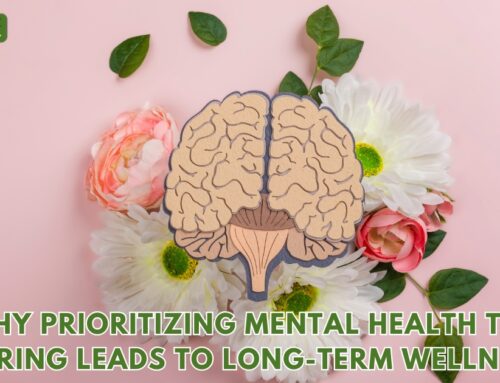Exploring the Connection Between Physical Activity and Mental Well-being
At White Oak Counseling and Recovery Center, we recognize the profound impact that physical activity has on mental well-being. This blog post aims to explore the intricate connection between staying active and maintaining a healthy mind, offering insights and practical advice for integrating exercise into your daily routine for enhanced mental health.
The Science of Movement and Mood
Research consistently shows that physical activity is not just beneficial for physical health but is also crucial for our mental and emotional well-being. Exercise can act as a natural antidepressant, reducing symptoms of anxiety and depression while boosting overall mood. This is due in part to the release of endorphins, often referred to as the body’s natural “feel-good” chemicals, which can create feelings of happiness and euphoria.
Moreover, physical activity helps regulate the body’s stress hormones, such as adrenaline and cortisol, providing natural and effective stress relief. Regular exercise has also been shown to improve sleep quality, which is closely linked to mood and mental health.
The Impact on Brain Health
Beyond the immediate mood-enhancing effects, engaging in regular physical activity has profound long-term benefits for brain health. Exercise promotes neural growth, improves brain function, and increases the resilience of the brain to stress and anxiety. It can also contribute to memory enhancement and protect cognitive function as we age.
One of the key mechanisms behind these benefits is the increase in brain-derived neurotrophic factor (BDNF), a protein that supports the growth and differentiation of new neurons and synapses. This is particularly important for areas of the brain responsible for memory and learning, such as the hippocampus.
Making Physical Activity Work for You
While the benefits of exercise on mental health are clear, incorporating it into your daily life can sometimes feel challenging. Here are some tips to help make physical activity a regular part of your mental well-being strategy:
- Find Activities You Enjoy: The best kind of exercise is the one you enjoy and can stick with over time. Whether it’s walking, cycling, yoga, or team sports, choose activities that fit your lifestyle and preferences.
- Set Realistic Goals: Start with small, achievable goals and gradually increase the intensity and duration of your physical activity. This approach helps build confidence and ensures a sustainable practice.
- Create a Routine: Consistency is key. Try to schedule your exercise sessions just as you would any other important activity. This can help establish a routine and make physical activity a regular part of your life.
- Focus on the Experience: Instead of fixating on the outcome, focus on the experience of being active. Pay attention to how your body feels, the rhythm of your breath, and the sensations of moving through space.
- Pair Up: Exercise can be more enjoyable and motivating with a friend or in a group. This also adds a layer of accountability, helping you stick to your exercise routine.
- Be Kind to Yourself: There will be days when you don’t feel like exercising, and that’s okay. Be compassionate with yourself and recognize that any amount of activity is better than none.
Conclusion
At White Oak Counseling and Recovery Center, we believe in a holistic approach to mental health, where physical activity plays a crucial role. By understanding the connection between physical activity and mental well-being, you can harness the power of movement to enhance your mood, improve brain health, and foster a sense of overall well-being.
Remember, it’s not about the intensity or the type of exercise you choose; it’s about moving a regular part of your life. We encourage everyone to explore how physical activity can support their mental health journey and to reach out for support when needed. Together, we can build a foundation for a healthier mind and body.




